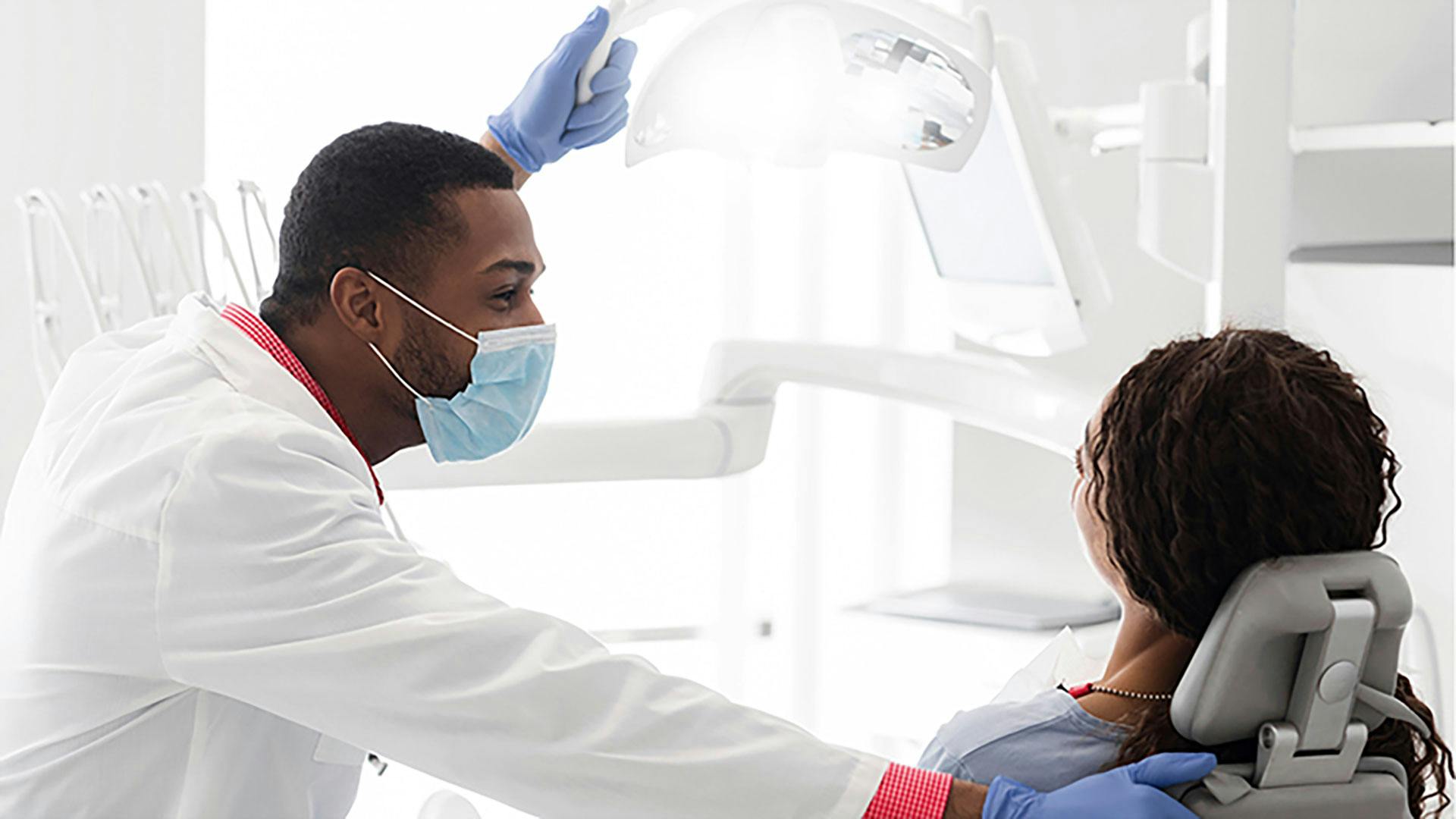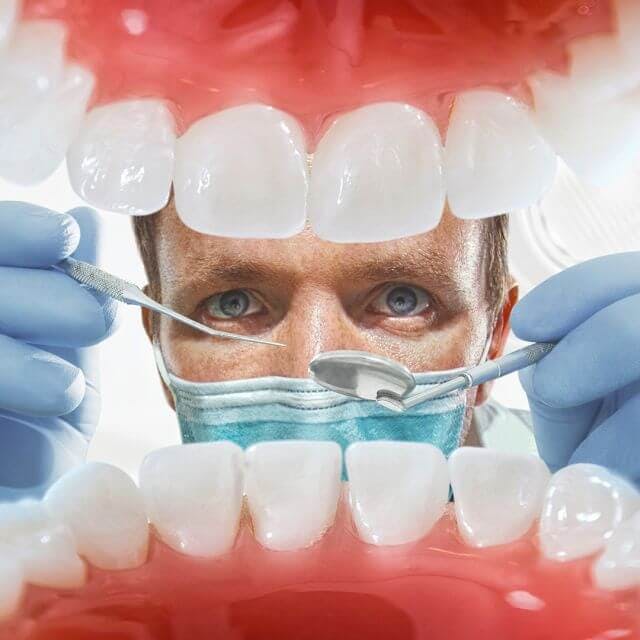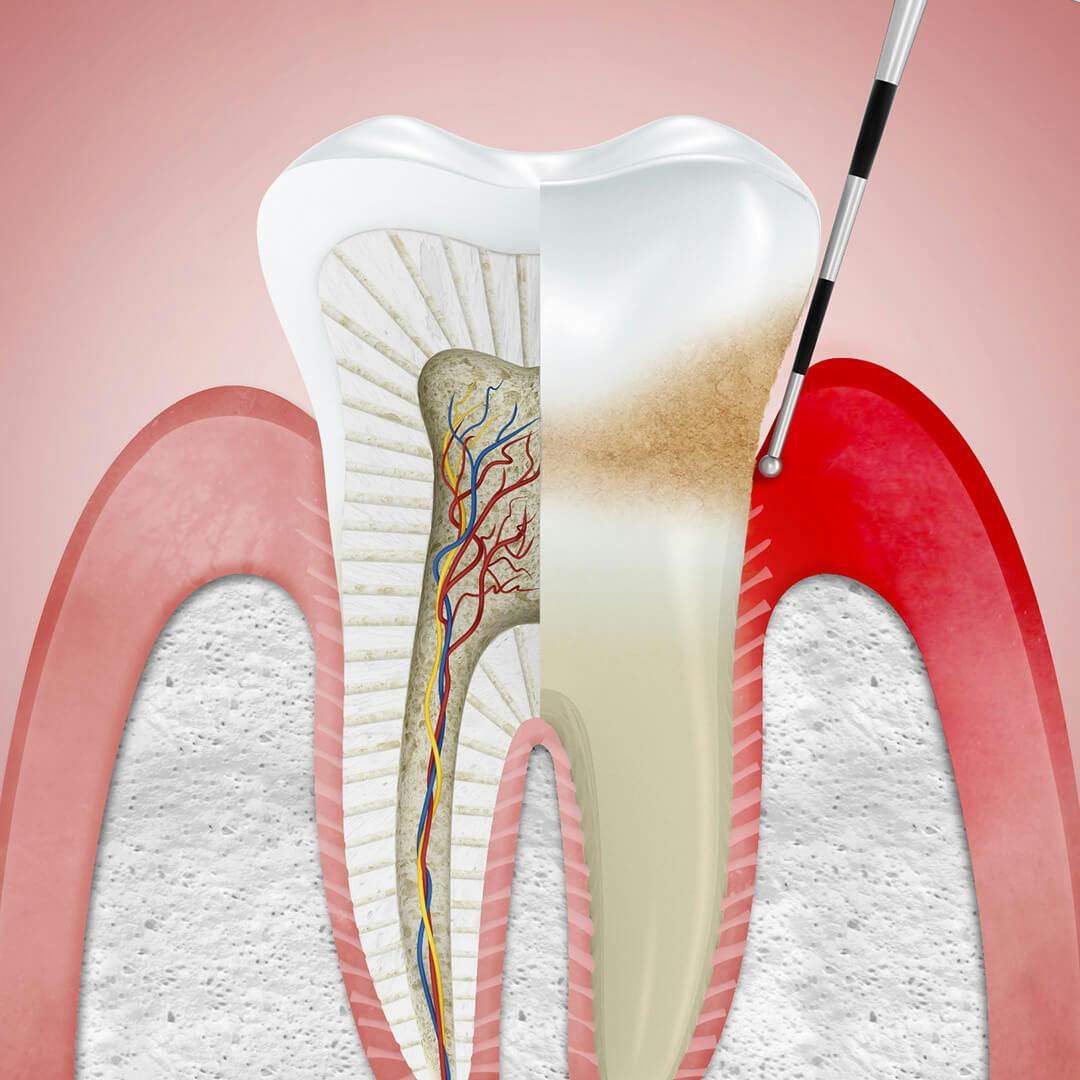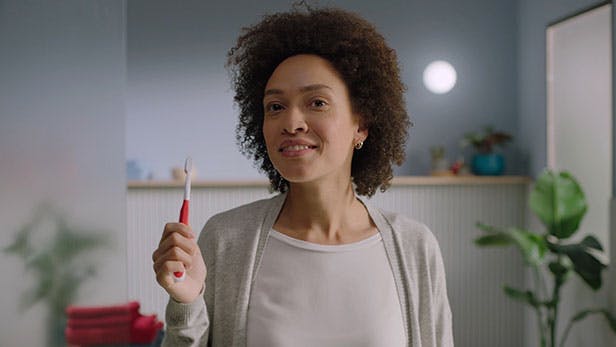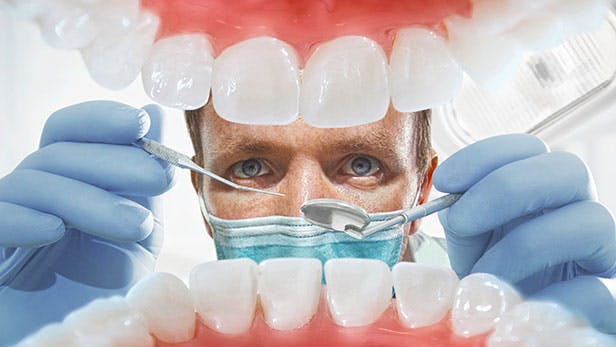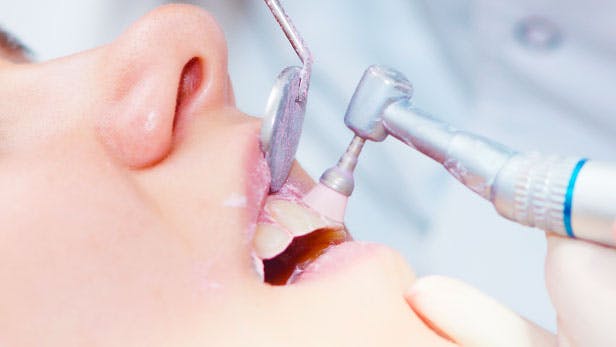ADVICE FROM YOUR DENTIST ON TREATING GUM DISEASE AT HOME
While you may experience some signs of gum disease, such as swollen, red or bleeding gums, you may not be aware that you have any problems with your gums until you visit your dentist. As gingivitis, the first stage of gum disease, may not be painful, often it goes undetected. It may also be missed in smokers, as smoking can suppress early symptoms.
This is why it is so important to visit your dentist for regular check ups, as a professional examination can spot the symptoms of gum disease even if they aren't obvious, allowing you to take steps to treat it before it gets more serious.
Gingivitis is often caused by the build up of plaque bacteria on, around and in between teeth. If this is not removed by regular brushing it can irritate your gums and cause them to become red and swollen, to bleed and gradually recede. Eventually, your gums can become so damaged that the tooth socket is affected. This is the advanced stage of gum disease - called periodontitis, it is irreversible, and can cause tooth loss.
HOW YOU CAN HELP PUT A STOP TO GINGIVITIS
If your dentist diagnoses gingivitis you should be offered expert advice on how to treat it at home to stop it from getting worse. You may also be given professional treatments in the surgery.
The key to successful treatment is to remove and control the build up of plaque bacteria with a good oral health routine.
Step one is brushing twice daily using the correct technique to ensure you get your teeth and gums really clean. If you're at risk from severe gum problems your dentist may suggest that you use one brush for your whole mouth, plus specialist brushes and cleaning tools for hard to reach areas. For example interdental or single tufted brushes or tooth floss to remove plaque from tricky areas, such as in between your teeth.
Step two, use Parodontax Expert Gum Care Toothpaste, which is clinically proven to help reduce plaque build up.
ALWAYS ASK A PROFESSIONAL
Keeping your gums and teeth healthy at home is the best way to help prevent and treat gum disease, but it should never be seen as an alternative to regular visits to see your dentist and hygienist. Only a professional can diagnose gingivitis or spot if it has progressed into periodontitis, which must be treated by an expert to help minimise the damage to gums and teeth.

